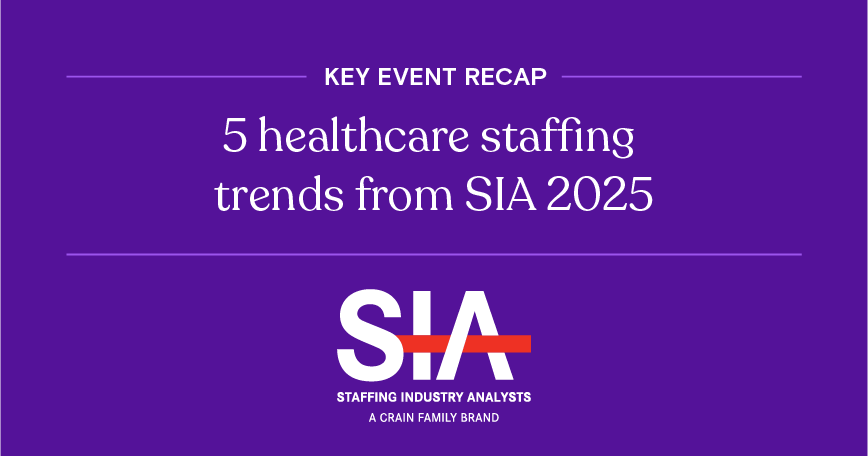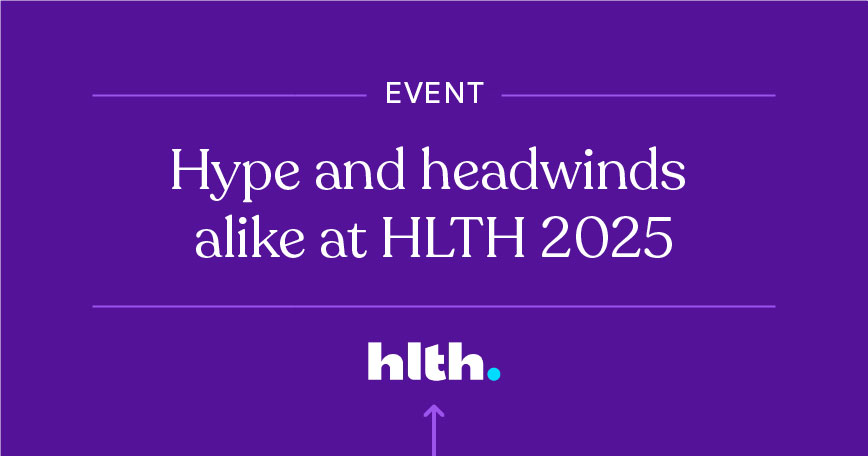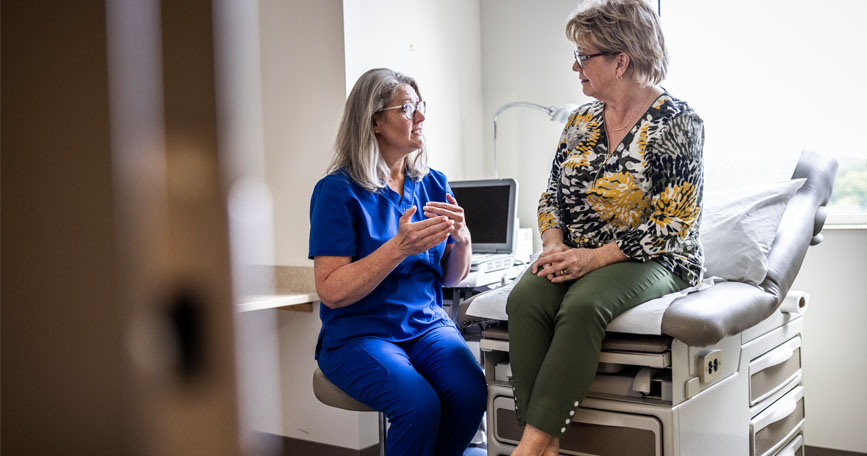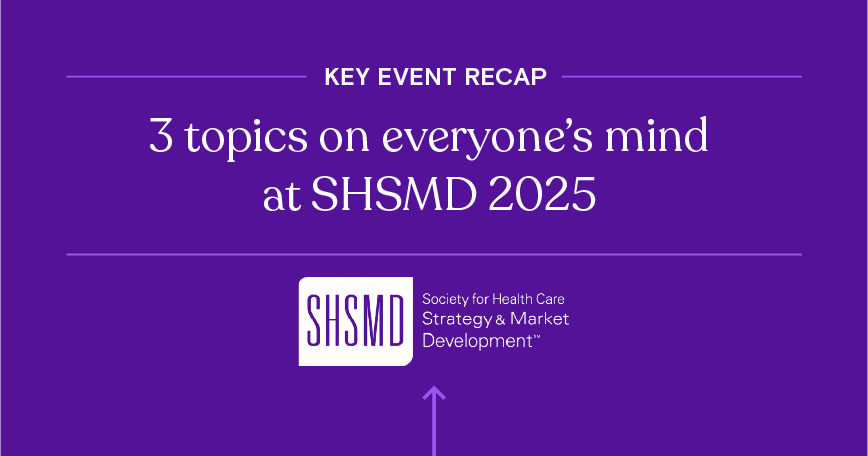Filter by Industry
Filter by Topic

How to predict healthcare demand in 2026 (and beyond)
Learn how policy shifts, coverage losses, and market change will shape 2026 healthcare demand forecasting. Get data-driven forecasting insights for…

5 healthcare staffing trends from SIA 2025: Locum tenens, AI, & more
Review key insights from SIA 2025: Locum tenens growth, physician burnout, hiring trends, AI usage, and data integration.

Common pitfalls in healthcare consulting and how to avoid them
Discover the top pitfalls healthcare consultants face and learn how leveraging data‑driven insights can help overcome them effectively.

Planning your 2026 healthcare marketing strategy
Prepare your healthcare organization for 2026 with a marketing strategy that leverages digital trends, personalization, and AI. Here’s how.

Hype and headwinds alike at HLTH 2025
Recap major themes from HLTH 2025: AI, medtech, staffing, nursing innovations and what leaders are focusing on for the year ahead.

Inside P&T committees: The key players in formulary decision-making
Learn why understanding the membership and dynamics of P&T committees is crucial for creating effective market access strategies.

Why biopharma needs stronger clinical–commercial partnerships
Discover how aligning commercial and clinical data and teams can power smarter R&D and faster biopharma launches. Here’s how to break down silos for…

Unlocking the window for early Alzheimer’s diagnosis
A new survey finds growing interest in earlier detection of Alzheimer’s disease. Explore the opportunity this creates for providers and life sciences…

Top 10 GPOs by staffed beds
Discover the largest GPOs ranked by bed count. Learn how GPOs impact supply chain, procurement, and market opportunities and how to target top GPOs.

3 topics on everyone’s mind at SHSMD 2025
Didn’t make it to SHSMD Connections in 2025? Here’s a roundup of the top topics and innovative ideas from SHSMD 2025.
